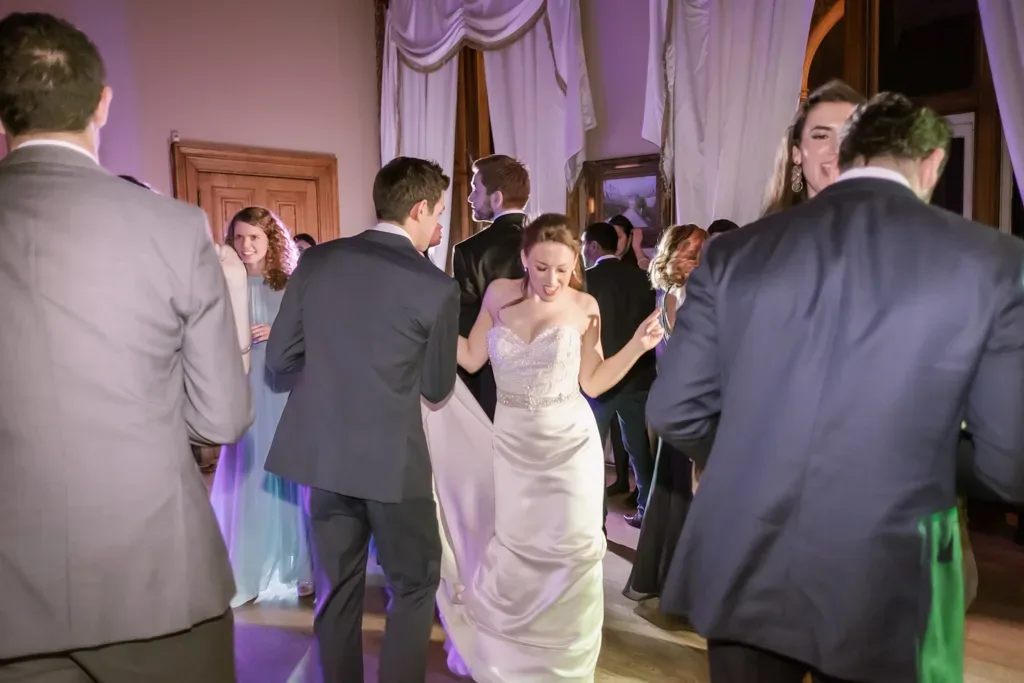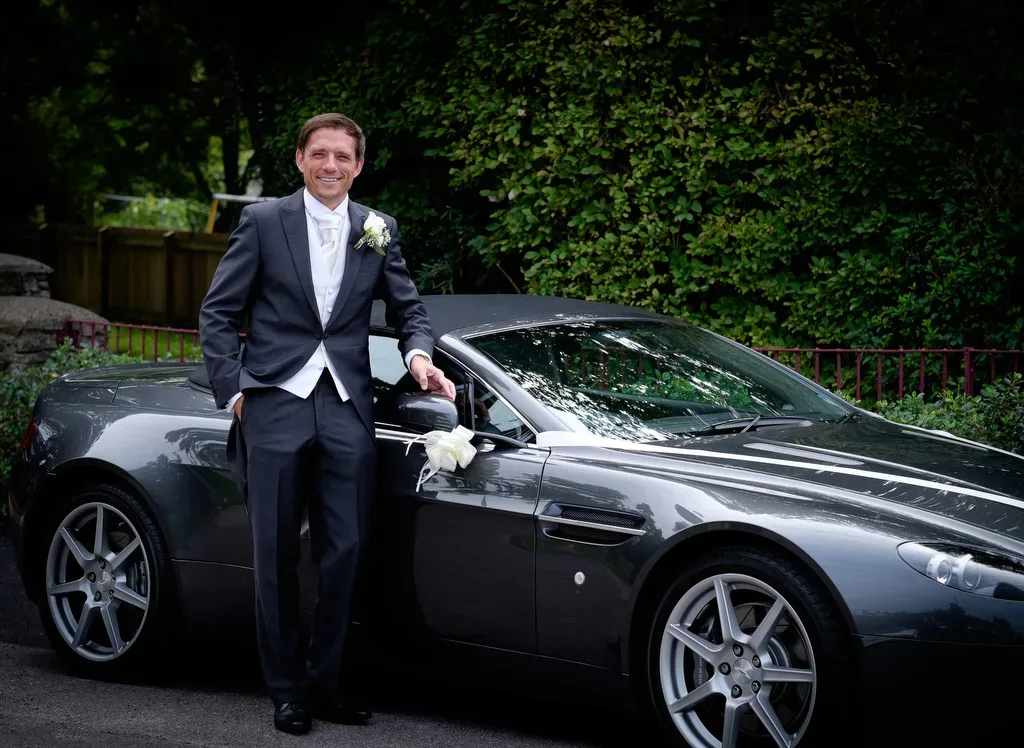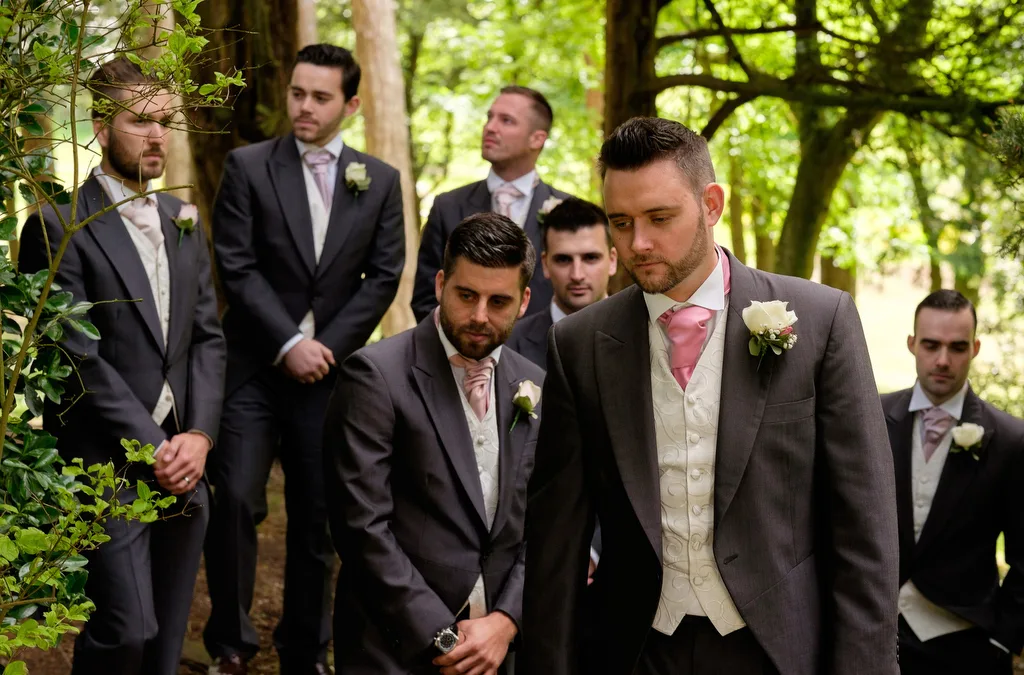Illuminate Your Love Story: Mastering Composition & Lighting in Wedding Photography
Illuminate Your Love Story: Mastering Composition & Lighting in Wedding Photography is an essential skill for any photographer looking to capture stunning, memorable wedding images. In this comprehensive guide, we’ll cover the best techniques for creating visually appealing and unforgettable photos that will stand the test of time.
H2: The Importance of Composition
Firstly, a strong foundation in composition is vital for any aspiring wedding photographer. When shooting weddings, you’ll often have to work with unpredictable situations and subjects, making the ability to create well-composed images even more crucial.
H2: Reportage Wedding Photography Style
One popular style of wedding photography is reportage wedding photography, which focuses on capturing candid moments and genuine emotions. This style relies heavily on composition to create powerful, emotional images that tell the story of the couple’s special day.
H2: Mastering Composition Techniques
To master composition, begin by studying the rule of thirds. This simple guideline will help you create balanced, visually appealing images. Additionally, pay attention to leading lines, which can draw the viewer’s eye towards your subject and add depth to your photos.
H2: Using Depth of Field in Wedding Photos
Another essential aspect of composition is depth of field. By adjusting your aperture, you can control the focus and depth in your images, creating striking wedding photos that emphasize the subject while keeping the background softly blurred.
H2: Correcting Perspective Distortion
In some cases, you may need to correct perspective distortion in your images. For example, shooting in tight spaces or using a wide-angle lens can cause distortion. Thankfully, you can use software like Photoshop to easily fix these issues.
H2: The Role of Lighting in Wedding Photography
Next, let’s dive into the importance of lighting in wedding photography. Proper lighting can make or break your images, so it’s essential to understand how to manipulate and work with various lighting conditions.
H2: Natural Light vs. Artificial Light
First, consider the difference between natural light and artificial light. Both types of lighting have their advantages and drawbacks, and you’ll need to adapt your techniques to suit each situation.
H2: Working with Natural Light
When shooting with natural light, you may encounter challenging conditions such as harsh sunlight or insufficient light indoors. In these situations, using a recommended photographer who understands how to work with available light is crucial. For example, you can use diffusers or reflectors to soften harsh light or shoot during the golden hour for more flattering lighting.
H2: Harnessing Artificial Light
Sometimes, artificial light is necessary for creating well-lit wedding images. By using off-camera flashes or continuous lighting, you can add depth and dimension to your photos. However, it’s essential to balance the artificial light with the ambient light to achieve a natural-looking result.

Finding the Right Balance in Lighting
Striking the right balance between natural and artificial light is essential in creating stunning wedding images. This might involve using reflectors to bounce sunlight or employing flash to fill in shadows. Experiment with different techniques to find what works best for your unique style and the specific conditions of each wedding.
Local Wedding Photographer Tips
When looking for a local wedding photographer, it’s essential to find someone who understands the nuances of lighting and composition in your area. This knowledge can be invaluable, especially when dealing with challenging local conditions, such as tricky weather or unique venues.
Building Your Wedding Photography Portfolio
As you develop your skills in composition and lighting, it’s essential to build a strong wedding photography portfolio. This will showcase your work to potential clients and help you secure more bookings. Make sure to include a variety of images that demonstrate your expertise in both composition and lighting techniques.
Continuous Learning and Improvement
The world of wedding photography is constantly evolving, and it’s crucial to stay up-to-date with the latest techniques and trends. Consider attending workshops, webinars, or conferences to expand your knowledge and improve your skills. Networking with other photographers can also provide valuable insights and help you grow as a professional.
Embracing Your Unique Style
Lastly, remember that your unique style is what sets you apart as a photographer. As you master composition and lighting, don’t be afraid to experiment and develop your signature style. This will help you stand out from the competition and attract clients who appreciate your artistic vision.
In conclusion, mastering composition and lighting is an essential part of becoming a successful wedding photographer. By understanding these crucial elements, you can create stunning, unforgettable wedding images that will be cherished by couples for years to come. So, go ahead and illuminate your love stories by honing your skills in composition and lighting!

The Power of Color in Wedding Photography
Color plays a significant role in setting the mood and tone of your wedding images. Experimenting with color grading and editing techniques can add a unique touch to your photos. From vibrant and lively to soft and romantic, using color effectively can make your wedding photography truly memorable.
Emphasizing Emotion Through Composition and Lighting
Capturing genuine emotions is at the heart of wedding photography. By utilizing composition and lighting techniques, you can highlight the emotional moments of a wedding day. For example, using backlighting can add a dreamy, ethereal quality to a couple’s intimate moments, while a well-composed group shot can showcase the joy of friends and family celebrating together.
Building Trust with Your Wedding Clients
As a wedding photographer, building trust with your clients is crucial. When couples feel comfortable with you, they will be more at ease in front of the camera, resulting in more natural, authentic images. Developing strong communication skills and a friendly, approachable demeanor can help you create a connection with your clients that will shine through in your photographs.
Pre-Wedding Consultations and Location Scouting
Before the wedding day, it’s essential to conduct pre-wedding consultations and scout the locations. Understanding the couple’s expectations and preferences will help you capture their special day in a way that reflects their unique love story. Location scouting enables you to identify the best spots for composition and lighting, ensuring you’re prepared to create stunning images on the wedding day.
Understanding Wedding Timelines and Schedules
A well-planned wedding timeline is crucial for ensuring that you have ample time to capture all the important moments. Familiarizing yourself with the schedule and coordinating with the wedding planner or couple will help you stay on track and avoid missing any key shots.
The Role of Second Shooters and Assistants
Having a second shooter or assistant can significantly enhance your wedding photography coverage. They can capture different angles and moments, allowing you to focus on the main subjects while still documenting the entire event. Additionally, they can help with lighting setups, equipment management, and other logistical tasks, ensuring that you can focus on creating beautiful images.
Post-Processing Techniques for Wedding Photos
After the wedding, your work as a photographer continues with post-processing. Editing your images is an essential step in creating a polished final product that reflects your artistic vision. Learning advanced post-processing techniques, such as dodging and burning, frequency separation, and color grading, can help you enhance your images and create a cohesive, professional look.
Delivering a Memorable Wedding Photography Experience
The final step in the wedding photography process is delivering your images to the couple. Providing a high-quality, beautifully presented product will leave a lasting impression and contribute to your reputation as a top wedding photographer. Consider offering custom albums, fine art prints, and digital galleries to showcase your work and create a memorable experience for your clients.
Marketing and Branding Your Wedding Photography Business
To attract clients and grow your wedding photography business, you must invest time and effort into marketing and branding. Building a strong online presence through a professional website, social media, and client testimonials can help you reach potential clients and showcase your expertise in composition and lighting. Don’t forget to network with other wedding industry professionals, such as planners, venues, and florists, to establish valuable relationships and referrals.
By following these guidelines and continually improving your composition and lighting skills, you’ll be well on your way to becoming a sought-after wedding photographer. Remember that practice makes perfect, and every wedding presents a new opportunity to grow and refine your craft. So keep learning, experimenting, and pushing your boundaries to create stunning, unforgettable.

